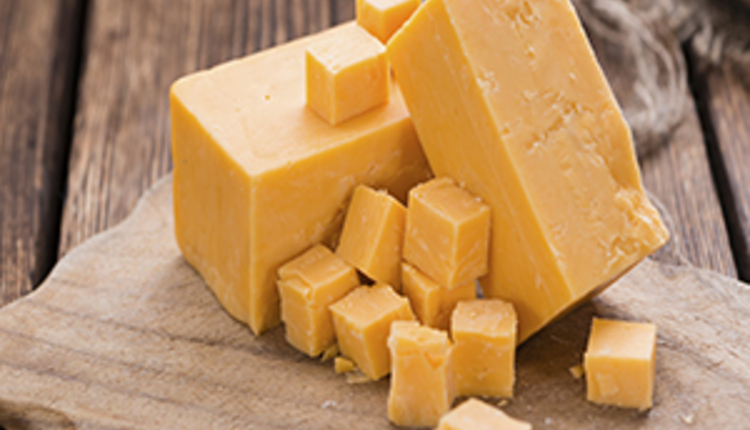
The conversion to components
Geiger, who is a lead dairy economist with CoBank, set the stage by addressing the biggest factor in production, one that has morphed how milk is valued: Components now take precedence over volume. “A paradigm shift has happened. From 1945 to about 2010, if you were talking milk production or milk component production, they were one and the same. That’s decoupled,” he said, pointing out that from 2011 to 2024, milk production grew 15.9% versus component growth, which in the same period grew 27.2%. “The trend is accelerating,” Geiger said, adding that this revolution is influencing the processing arm of the dairy industry as well. Using cheese production as an example, Geiger compared the conventional wisdom of the past to the realities of the new normal. “For almost everyone’s generation, the rule of thumb was 100 pounds of milk makes 10 pounds of cheese. But cheese production is driven by components, and in the past years there has been that 12.5% growth, so now 100 pounds of milk makes 11.4 pounds of cheese,” he said.
Because butterfat content has grown faster than protein, component growth is relatively uneven, Geiger noted. “We can change butterfat production through genetics and feeding programs. There are some things we can do nutritionally for protein, but it is more of a biological deal.” This overall and relative uptick in butterfat adds nuance to the cheese processing tale: “Some cheese plants are saying, ‘Don’t send me more butterfat,’” Geiger said, pointing out that a large percentage of American cheese consumption is of Italian-style products; these lower-fat cheeses require processors to skim off the cream. This curveball is a good example of the subtlety missed when market trends are looked at from high level: Yes, cheese consumption is up — but much of the 42-plus pounds eaten per capita in the U.S. is delivered by pizza and other foods that call for lower-fat cheeses.
Consumers are on the hunt for protein
For farmers in most parts of the country, Geiger said, more than 90% of their milk check is driven by butterfat and protein pricing. He likened the two components to race cars on a track. “Right now, butterfat is ahead, but consumers are demanding more protein. High-protein whey is selling at record prices — these are things to keep in mind as we talk about our milk checks,” he recommended.
Prins, who is a dairy and animal protein industry analyst with CoBank, pointed to another consumer-driven trend, this one powered by both a desire for protein and a new generation of GLP-1 agonist medications. “Yogurt is the number one dairy product these consumers are going for,” Prins said of the demographic who has been prescribed these drugs for Type 2 diabetes and/or weight loss. Geiger pointed to a Cornell University study that assessed GLP-1 users to see how they’d modified their food purchases. Of 40 different food categories, four saw boosts in purchases, including yogurt — in fact, researchers noted that it was the only product with a statistically significant hike. This stat, combined with the growing demand for high-protein products, may bode well for dairy producers.
Up next in our Intel series on the “Market dynamics continue to reshape milk checks” webinar, we’ll take a look at cattle inventory, including reproduction trends and the potential for a shift in how dairy farmers plan for profitability. In the meantime, you can check out the webinar here.








